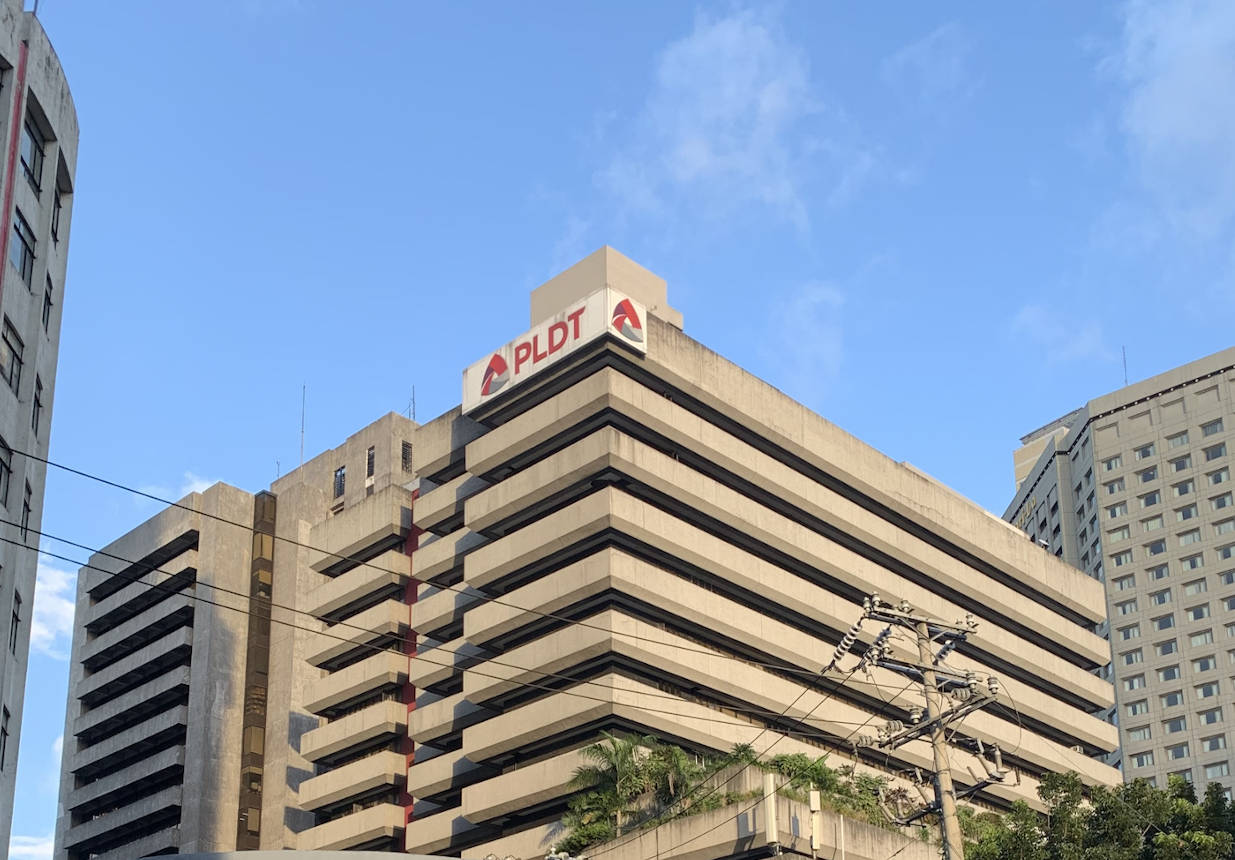
The country’s biggest and only integrated telco PLDT and its wireless arm Smart Communications, Inc. (Smart) are continuing to invest in expanding the reach of their fixed and wireless networks to bring their services “to the level of the best in the region.”
“We recognize that there are still opportunities to have more of our countrymen connected, and that the demand for connectivity and our services will only increase further. That is why we continue to invest. Our main aim is to bring the Philippines, with the help of government, to the level of the best in the region,” Mario G. Tamayo, Senior Vice President for Network Planning and Engineering, said in a forum hosted by BusinessWorld on the state of internet connectivity in the country.
This comes at the heels of PLDT and Smart’s recent network expansion announcement, which includes increasing PLDT’s fiber footprint by 19% to 382,500 kilometers, Smart’s LTE base stations by 15% to 28,200, and rolling out its commercial 5G services nationwide to key areas in Visayas and Mindanao, the first telco in the country to do so.
This accelerated network rollout forms part of PLDT and Smart’s sustained investments in their network, which have totaled some Php260 billion from 2015 to 2019. With the regained momentum of its network rollout efforts following the easing of lockdown restrictions, PLDT has leveled up its target capital expenditures for 2020 back up to Php70 billion or more.
“As our scores in third-party studies show, we are already better than competition. But having said that, we are not happy with that. We will benchmark ourselves not with competition here, but with countries like Thailand and Vietnam,” said Alfredo S. Panlilio, Smart President and CEO and PLDT Chief Revenue Officer.
Investing in network ecosystem
Tamayo emphasized the importance of building an ecosystem in providing good customer experience.
“When we talk about internet connectivity, we tend to equate it to cell sites. But building a network is more than just building cell sites. It is an ecosystem of different network elements coming together,” he said. “To provide good quality, good speed, good experience, you need an ecosystem that includes fiber, data centers, cell sites and international gateways. This ecosystem also includes the handsets being used.”
Tamayo also underscored the importance of building these network ecosystems in order to serve more communities better, particularly those in rural areas. “We have to make sure that all the relevant infrastructure needed to build this ecosystem are robust, reliable and redundant, so that at the end of the day we can provide for our customers’ needs,” he added.
As the country continues to feel the impact of COVID-19, Tamayo says PLDT and Smart will continue to invest in their networks to deliver progressively improving services.
“PLDT and Smart will continue to invest and build the network, by using both data analytics and listening to what people are saying on the ground. Alongside this, we have also progressively offered a variety of services at different price points, as we try to find that balance between matching the need of the customers and their ability to purchase our services,” said Tamayo.
“But first things first: We have to fix the basics, and make sure that we have a reliable and always available internet connectivity, whether it's fiber or cellular. So you can expect a progressive improvement of the service until end of the year and towards next year,” he added.


